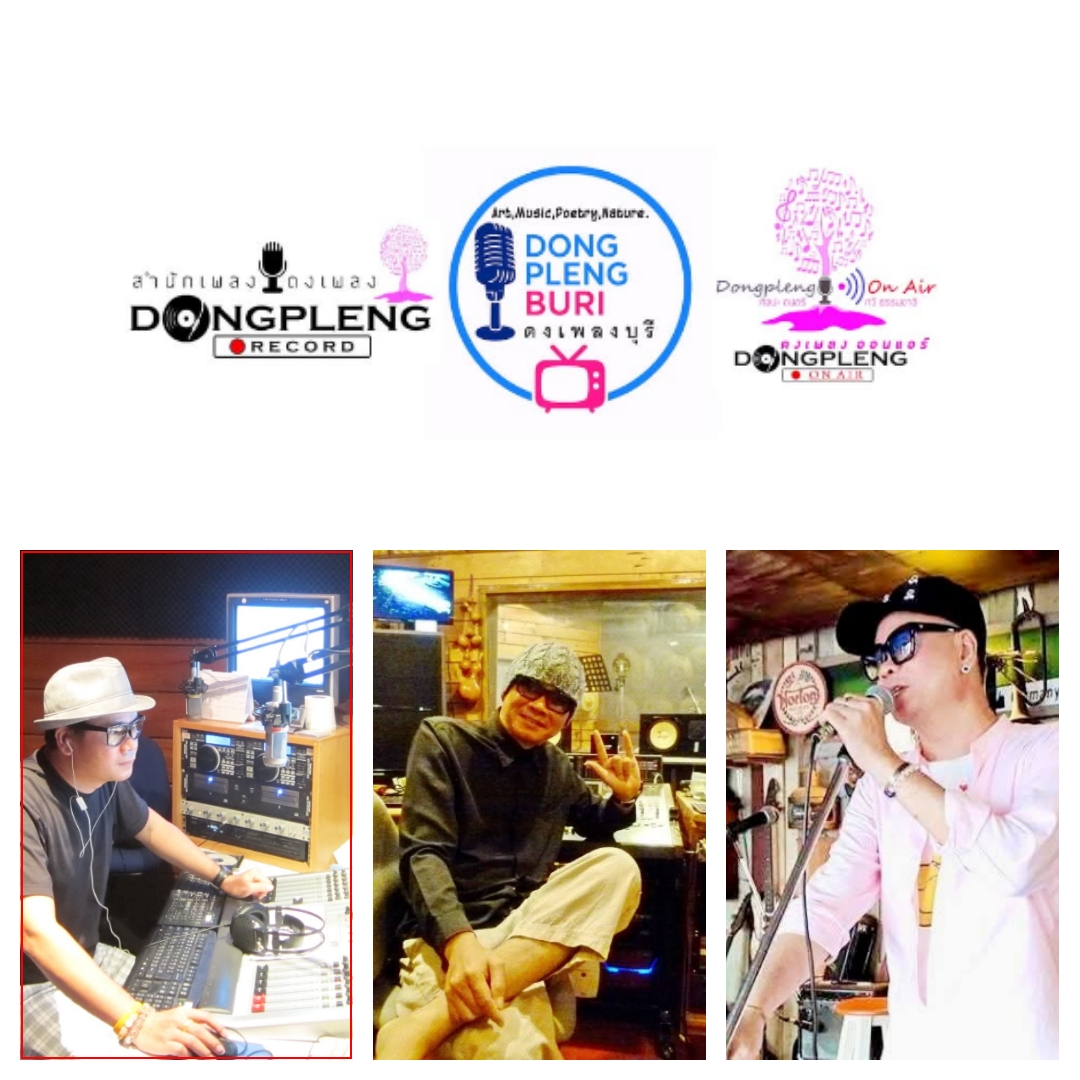Mythic Words From Mythologies Around The World
It’s in human nature to tell stories and in many ways, our stories—our mythologies—work their way into every aspect of our daily lives, from meme culture to the language we speak. You may be familiar with some of the words derived from the names of Greek and Roman gods and characters (herculean, echo, narcissist, to name a few). But some of the words with similar origins are more obscure and may surprise you, and still others are drawn from completely different cultural lineages! Many of our modern words are inspired not only by Greco-Roman mythos but also by West African, Indigenous, Far East Asian, and Nordic folktales, gods, heroes, and legends.
Here’s a closer look at some of our everyday words and the many diverse mythologies that have contributed to their use and interpretation today.
California
While many of us might view the Golden State as the land of sunshine, mild winters, and plenty, this idyllic image of California is first glimpsed in Garci Rodríguez de Montalvo’s novel Las Sergas de Esplandián (“The Adventures of Esplandián”) from the 1500s. At a time when Spanish invasion and exploration of the Americas was at its peak, Las Sergas de Esplandián describes a fictional island ruled by Queen Calafia of the Indies, hence the name “California.” It’s possible Rodríguez de Montalvo derived California from the Arabic khalif or khalifa (a spiritual leader of Islam), or the term Califerne from the 11th-century epic French poem The Song of Roland. When the Spanish first encountered the Baja California peninsula, it was initially believed to be an island and so was dubbed for the fictional island in Rodríguez de Montalvo’s novel. Eventually, this name would apply to the region that we now know as California in the US and Baja California in Mexico today.
chimeric
Chimeric is an adjective used to describe something “imaginary, fanciful” or in the context of biology, chimeric describes an organism “having parts of different origins.” The word chimeric is derived from the name of an ancient Greek monster, the chimera. Typically depicted as a having both a goat and lion head sprouting from its back and a serpent as a tail, the chimera was a terrifying and formidable opponent.
hell
While this word may call to mind Christianity and the realm of demons and condemned souls, hell is also associated with another concept of the underworld. According to Norse mythology, the prominent god Odin appointed the goddess and daughter of Loki, Hel, to preside over the realm of the dead. Hel’s name subsequently became associated as the word for the underworld itself. The word hell entered Old English sometime before the year 900 CE.
hurricane
When a windstorm whips up torrential rains, it can definitely seem like a god’s fury has been called down. This might explain why hurricane is derived from a Taíno storm god, Hurakán. The Taíno were an Indigenous tribe of the Caribbean, so it certainly makes sense that their deities would hold the name now associated with major tropical storms. Working its way from Spanish into English, hurricane was likely first recorded in English around the mid-1500s.
Nike
Typically depicted with wings, Nike was the Greek goddess of victory. Her influence was not limited to athletics, and she could oversee any field from art to music to war. Nike is said to have earned this title as one of the first deities to offer her allegiance to Zeus during the Titanomachy, the great battle between the Titans and gods for Mount Olympus. Of course, with a winning streak like that, it’s no wonder a popular sports apparel company would name itself after her.
plutocracy
Plutocracy means “the rule or power of wealth” or “of the wealthy, particularly a government or state in which the wealthy class rules.” The pluto in plutocracy comes from the Roman god of wealth, Pluto. Often known best by his Greek name, Hades, Pluto also presided over the underworld. Where does the wealth factor in? Precious metals and gems are typically found underground. The word plutocracy was recorded in the English language around 1645–1655.
protean
The adjective protean [ proh-tee-uhn ] describes how something readily assumes different forms, shapes, or characteristics. Something that is protean is “extremely variable.” This word originates from the name of Proteus, a minor Greek sea god who served under Poseidon. Proteus was prophetic and said to be able to gaze into the past, present, and future. However, he was pretty stingy with his knowledge, so most challengers would have to surprise him and wrestle him—while Proteus continually transformed into different (usually dangerous) shapes, such as a lion or a snake! If the challenger held on throughout the transformations, Proteus would answer their question truthfully before jumping back into the sea.
quetzalcoatlus
Quetzalcoatlus is a genus of pterosaur from the Late Cretaceous period. Its remains were discovered in 1971 in Texas. As a flying dinosaur from the Americas, its name derives from the god Quetzalcóatl, or “the feathered serpent,” in Nahuatl. Often depicted as exactly that (in addition to having incarnations that ranged from axolotls to dogs to corn), Quetzalcóatl was a prominent god of creation and order in the pantheon of the Mexica people. His domain included powerful and sustaining forces such as the sun, the wind, agriculture, wisdom, and writing.
ragnarok
Popping up everywhere from video games to blockbuster movies, the word ragnarok [ rahg-nuh-rok ] just sounds cool. It’s typically used as a synonym for the end of the world—and that’s what it originally referred to. In Norse mythology, this apocalyptic moment will occur when three roosters crow and the monster hound, Garmr, breaks free of his cave. A frightening battle among gods ensues along with natural disasters. The Old Norse word Ragnarǫk that it derives from is a compound of “gods” (ragna) and “fate” (rok).
Subaru
Known in most of the English-speaking world as a popular car manufacturer, Subaru is a Japanese word for the Seven Sisters, or Pleiades, constellation. The Subaru logo even features the six stars visible to the naked eye in the constellation. In 2021, astronomers Ray and Barnaby Norris proposed that the constellation referred to as “Seven Sisters” by various ancient peoples (which today looks like six visible stars) once had a seventh visible star whose light has been swallowed up by the light of another.
Tuesday/Wednesday/Thursday/Friday/Saturday
If we want an example of mythology rooted in our day-to-day, we needn’t look any further than the days of the week. Initially, Romans named their days of the week after the planets, which included the sun and the moon (Sunday and Monday). As the Roman Empire expanded to include Germanic-speaking peoples, the names of the weekdays were adapted to reflect the names of gods familiar to the local populations.
Today, five out of seven days of the week are linked to the names of mythological gods, four of which are Old Germanic/Norse in origin. Tuesday is rooted in the name of the Norse god of war and justice, Tyr. Wednesday descends from Woden (alternatively, Odin), a widely revered Germanic-Norse god who presided over healing, wisdom, death, war, poetry, and sorcery. Thursday is derived from the thunder god Thor. Finally, Friday owes its name to Frigg, the goddess of marriage, prophecy, clairvoyance, and motherhood. The outlier of the weekday group is Saturday, which traces its name back to Saturn, the Roman god of time, wealth, and renewal.
While scholars are uncertain as to when the Germanic-Norse adaptations of the days of the week were introduced, it is estimated to have occurred between 200-500 CE to predate the spread of Christianity and the final collapse of the Roman Empire.
weird
While weird today generally means “bizarre” or “unusual,” its older use has been to refer to something that is “uncanny” or relating to the supernatural. This links into the original definition of weird, or then wyrd, as being able to control fate or destiny. The Old English derivation of the Germanic word was first recorded before 900 CE as wyrd; then in Middle English as the phrase werde sisters, which referred to the Fates. According to Greek mythology, the three goddesses known as the Fates control the destinies of the lives of man. In the early 1600s, Shakespeare’s Macbeth, used werde sisters to refer to these witches in the play.
© 2025, Aakkhra, All rights reserved.
Mythic Words From Mythologies Around The World
It’s in human nature to tell stories and in many ways, our stories—our mythologies—work their way into every aspect of our daily lives, from meme culture to the language we speak. You may be familiar with some of the words derived from the names of Greek and Roman gods and characters (herculean, echo, narcissist, to name a few). But some of the words with similar origins are more obscure and may surprise you, and still others are drawn from completely different cultural lineages! Many of our modern words are inspired not only by Greco-Roman mythos but also by West African, Indigenous, Far East Asian, and Nordic folktales, gods, heroes, and legends.
Here’s a closer look at some of our everyday words and the many diverse mythologies that have contributed to their use and interpretation today.
California
While many of us might view the Golden State as the land of sunshine, mild winters, and plenty, this idyllic image of California is first glimpsed in Garci Rodríguez de Montalvo’s novel Las Sergas de Esplandián (“The Adventures of Esplandián”) from the 1500s. At a time when Spanish invasion and exploration of the Americas was at its peak, Las Sergas de Esplandián describes a fictional island ruled by Queen Calafia of the Indies, hence the name “California.” It’s possible Rodríguez de Montalvo derived California from the Arabic khalif or khalifa (a spiritual leader of Islam), or the term Califerne from the 11th-century epic French poem The Song of Roland. When the Spanish first encountered the Baja California peninsula, it was initially believed to be an island and so was dubbed for the fictional island in Rodríguez de Montalvo’s novel. Eventually, this name would apply to the region that we now know as California in the US and Baja California in Mexico today.
chimeric
Chimeric is an adjective used to describe something “imaginary, fanciful” or in the context of biology, chimeric describes an organism “having parts of different origins.” The word chimeric is derived from the name of an ancient Greek monster, the chimera. Typically depicted as a having both a goat and lion head sprouting from its back and a serpent as a tail, the chimera was a terrifying and formidable opponent.
hell
While this word may call to mind Christianity and the realm of demons and condemned souls, hell is also associated with another concept of the underworld. According to Norse mythology, the prominent god Odin appointed the goddess and daughter of Loki, Hel, to preside over the realm of the dead. Hel’s name subsequently became associated as the word for the underworld itself. The word hell entered Old English sometime before the year 900 CE.
hurricane
When a windstorm whips up torrential rains, it can definitely seem like a god’s fury has been called down. This might explain why hurricane is derived from a Taíno storm god, Hurakán. The Taíno were an Indigenous tribe of the Caribbean, so it certainly makes sense that their deities would hold the name now associated with major tropical storms. Working its way from Spanish into English, hurricane was likely first recorded in English around the mid-1500s.
Nike
Typically depicted with wings, Nike was the Greek goddess of victory. Her influence was not limited to athletics, and she could oversee any field from art to music to war. Nike is said to have earned this title as one of the first deities to offer her allegiance to Zeus during the Titanomachy, the great battle between the Titans and gods for Mount Olympus. Of course, with a winning streak like that, it’s no wonder a popular sports apparel company would name itself after her.
plutocracy
Plutocracy means “the rule or power of wealth” or “of the wealthy, particularly a government or state in which the wealthy class rules.” The pluto in plutocracy comes from the Roman god of wealth, Pluto. Often known best by his Greek name, Hades, Pluto also presided over the underworld. Where does the wealth factor in? Precious metals and gems are typically found underground. The word plutocracy was recorded in the English language around 1645–1655.
protean
The adjective protean [ proh-tee-uhn ] describes how something readily assumes different forms, shapes, or characteristics. Something that is protean is “extremely variable.” This word originates from the name of Proteus, a minor Greek sea god who served under Poseidon. Proteus was prophetic and said to be able to gaze into the past, present, and future. However, he was pretty stingy with his knowledge, so most challengers would have to surprise him and wrestle him—while Proteus continually transformed into different (usually dangerous) shapes, such as a lion or a snake! If the challenger held on throughout the transformations, Proteus would answer their question truthfully before jumping back into the sea.
quetzalcoatlus
Quetzalcoatlus is a genus of pterosaur from the Late Cretaceous period. Its remains were discovered in 1971 in Texas. As a flying dinosaur from the Americas, its name derives from the god Quetzalcóatl, or “the feathered serpent,” in Nahuatl. Often depicted as exactly that (in addition to having incarnations that ranged from axolotls to dogs to corn), Quetzalcóatl was a prominent god of creation and order in the pantheon of the Mexica people. His domain included powerful and sustaining forces such as the sun, the wind, agriculture, wisdom, and writing.
ragnarok
Popping up everywhere from video games to blockbuster movies, the word ragnarok [ rahg-nuh-rok ] just sounds cool. It’s typically used as a synonym for the end of the world—and that’s what it originally referred to. In Norse mythology, this apocalyptic moment will occur when three roosters crow and the monster hound, Garmr, breaks free of his cave. A frightening battle among gods ensues along with natural disasters. The Old Norse word Ragnarǫk that it derives from is a compound of “gods” (ragna) and “fate” (rok).
Subaru
Known in most of the English-speaking world as a popular car manufacturer, Subaru is a Japanese word for the Seven Sisters, or Pleiades, constellation. The Subaru logo even features the six stars visible to the naked eye in the constellation. In 2021, astronomers Ray and Barnaby Norris proposed that the constellation referred to as “Seven Sisters” by various ancient peoples (which today looks like six visible stars) once had a seventh visible star whose light has been swallowed up by the light of another.
Tuesday/Wednesday/Thursday/Friday/Saturday
If we want an example of mythology rooted in our day-to-day, we needn’t look any further than the days of the week. Initially, Romans named their days of the week after the planets, which included the sun and the moon (Sunday and Monday). As the Roman Empire expanded to include Germanic-speaking peoples, the names of the weekdays were adapted to reflect the names of gods familiar to the local populations.
Today, five out of seven days of the week are linked to the names of mythological gods, four of which are Old Germanic/Norse in origin. Tuesday is rooted in the name of the Norse god of war and justice, Tyr. Wednesday descends from Woden (alternatively, Odin), a widely revered Germanic-Norse god who presided over healing, wisdom, death, war, poetry, and sorcery. Thursday is derived from the thunder god Thor. Finally, Friday owes its name to Frigg, the goddess of marriage, prophecy, clairvoyance, and motherhood. The outlier of the weekday group is Saturday, which traces its name back to Saturn, the Roman god of time, wealth, and renewal.
While scholars are uncertain as to when the Germanic-Norse adaptations of the days of the week were introduced, it is estimated to have occurred between 200-500 CE to predate the spread of Christianity and the final collapse of the Roman Empire.
weird
While weird today generally means “bizarre” or “unusual,” its older use has been to refer to something that is “uncanny” or relating to the supernatural. This links into the original definition of weird, or then wyrd, as being able to control fate or destiny. The Old English derivation of the Germanic word was first recorded before 900 CE as wyrd; then in Middle English as the phrase werde sisters, which referred to the Fates. According to Greek mythology, the three goddesses known as the Fates control the destinies of the lives of man. In the early 1600s, Shakespeare’s Macbeth, used werde sisters to refer to these witches in the play.
© 2025, Aakkhra, All rights reserved.









